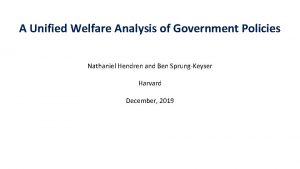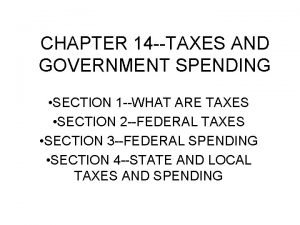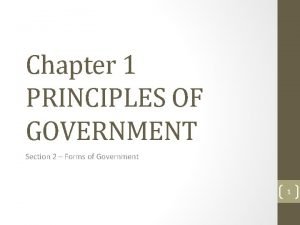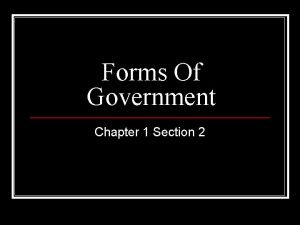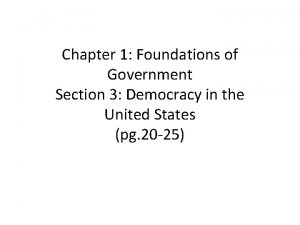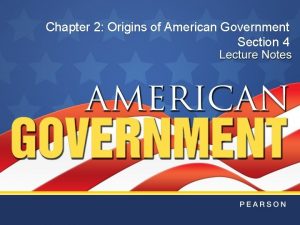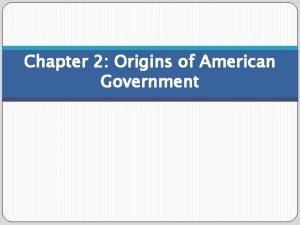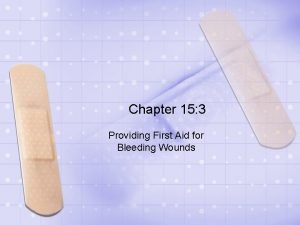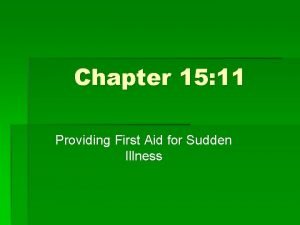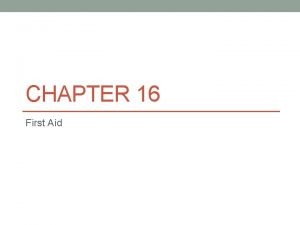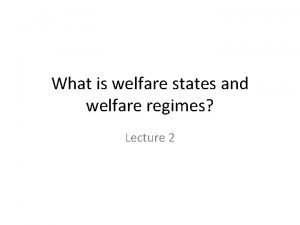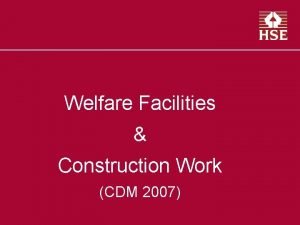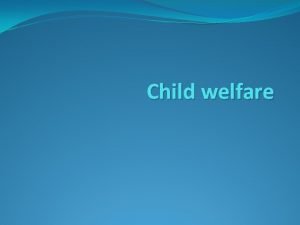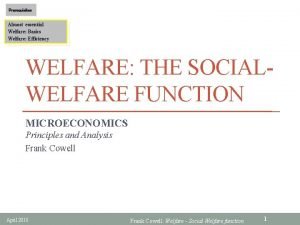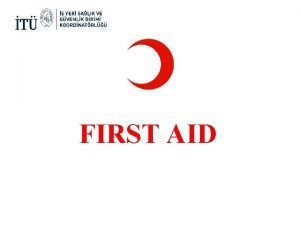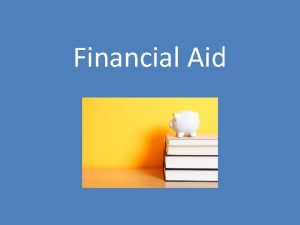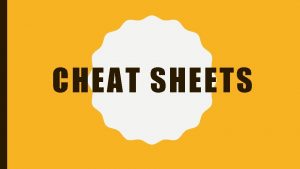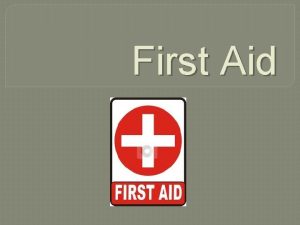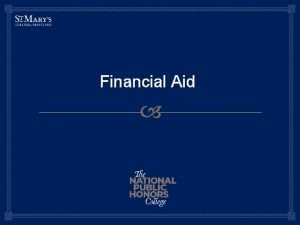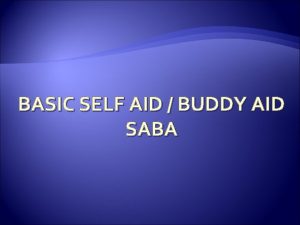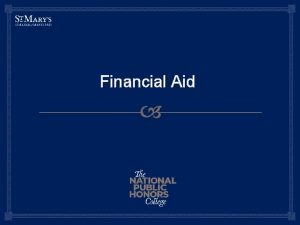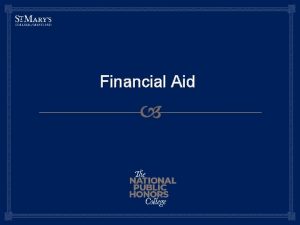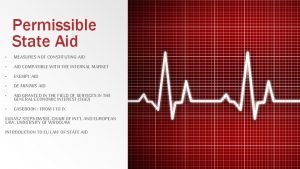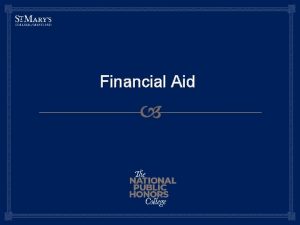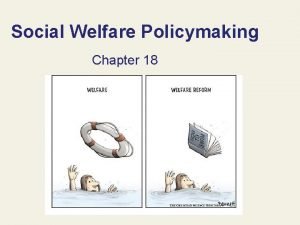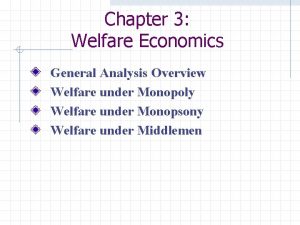Chapter 3 Section 2 Welfare any government aid


























- Slides: 26

Chapter 3 Section 2

Welfare- any government aid to the poor. There are two types of Welfare Programs: Cash Transfers and In-Kind Benefits

Cash transfers- direct payments of money to eligible poor people. The following programs distribute direct cash transfers: Temporary Assistance for Needy Families, Social Security, Unemployment insurance, and Workers compensation. In-kind benefits- goods and services provided for free or at greatly reduced prices.

Poverty threshold- an income level below that which is needed to support families or households. -The poverty thresholds are created by the states and are based on 2 factors: 1 -Size of Family (no more than two adults) 2 -Income Level for the entire household -If a families income level falls below the poverty threshold then they can qualify for welfare assistance

• Since free markets reward the most economically productive the less fortunate often suffer. • As a society we recognize some responsibilities to the very young, and very old, the sick, poor, and disabled. • The government tries to provide a safety net.

• Various federal, state, and local government programs help to raise people’s standards of living. • Since 1930’s the main government effort to ease poverty has been to collect taxes from individuals and redistribute some of those funds in the form of welfare. • Many of these programs were started in the 1930’s due to the Great Depression and the economic suffering that went along with it.

• Welfare spending increases considerably in the 1960’s. This is because President John F. Kennedy visited the Appalachian Mountain Region and saw a poverty there like he had never seen before. He declared a National War on Poverty. After his assassination his Vice President, Lyndon Johnson took over and continued this War on Poverty. The War on Poverty opened the door for more people to receive assistance in welfare programs and there were also two new programs created during this time that added to the total costs.

• Welfare payments soared In the 1970’s and 1980’s due to the fact that more people had easier access to receive welfare monies. • In 1990’s critics of welfare voiced increased concern about people becoming dependent. • In 1996 the U. S. Congress made sweeping changes in the welfare system. Mainly by putting the states in control of many programs that the federal government used to run. However, the federal government would still run Social Security and Medicare.

TANF • Temporary Assistance to Needy Families • This program grew out of the 1990 s debate about how to ease poverty while decreasing government payments to the poor • TANF replaced the earlier welfare program, Aid to Families with Dependent Children

• Launched in 1996 as part of comprehensive welfare reform TANF discontinues direct federal welfare payments to recipients. • States must adhere to federal rules that create work incentives and establish a lifetime limit for benefits. • The reform moves people from welfare dependence to the work force.

• The Social Security program was created in 1935, during the depths of the great depression, when many of the elderly lost their life savings and had no income. • Social Security provides direct cash transfers of retirement income to the elderly and living expenses to disabled.

• Unemployment insurance is a cash transfer which is funded jointly by federal and state governments. • Unemployment insurance provides money to eligible workers who have at least lost one of their jobs. It is not for those who have quit a job but rather have been either fired or laid off.

• Workers must show that they have made efforts to go get work during each week to get money for Unemployment.

• Workers compensation provides a cash transfer of state funds to workers injured on the job. • Most employers must pay workers compensation insurance to cover any future claims their employees might make. • Workers Compensation has become more and more expensive as medical expenses and the number of reported on the job injuries have increased.

• In 1950 social security extended to 10. 5 million more recipients and went from ADC to AFDC. • In 1965, the Medical Care Act created Medicare for retirees and the disabled and Medicaid for those who qualify based on the poverty threshold.

• In 1970 Medicare spent around 20 billion. In 1975 they spent around 22 billion. In 1980 they spent around 45 billion. In 1985 they spent around 75 billion. In 1990 they spent around 102 billion. In 1995 they spent around 190 billion. In 2000 they spent around 249 billion.

1. What program was created in 1935 to mainly help the elderly? A. ) Unemployment B. ) Social security C. ) workers compensation

2. How does welfare attempt to raise poor people’s standard of living?

3. Why does poverty exist in a free market economy?

4. What is the difference between cash transfers and inkind benefits?

5. How is Social Security an example of income redistribution?

6. What are some of the trade-off involved in spending on social programs?

7. Summarize the U. S political debate on ways to fight poverty.

8. Describe the main programs through which the government redistributes income.

9. Assume that the poverty threshold is $8, 480 for an individual and $11, 235 for a two-person household. Based on a 40 -hour week, how much would you need to earn per hour in order to be above the poverty threshold for. . (a) an individual and (b) a twoperson household?

10. An old adage states, “Give a person a fish, feed him for a day; teach a person how to fish, feed him for a lifetime. ” Do any of the government programs in this section reflect this saying? Explain your answer.
 Senswex
Senswex First aid merit badge first aid kit
First aid merit badge first aid kit Neasden medical centre
Neasden medical centre There are some cake
There are some cake Any to any connectivity
Any to any connectivity Informational probes adalah
Informational probes adalah Chapter 14: taxes and government spending section 1
Chapter 14: taxes and government spending section 1 Chapter 1 section 2
Chapter 1 section 2 Chapter 1 section 1 government and the state
Chapter 1 section 1 government and the state Chapter 1 section 2 forms of government
Chapter 1 section 2 forms of government What are the three levels of government
What are the three levels of government Chapter 10 section 1: meiosis
Chapter 10 section 1: meiosis Foundations of government section 3
Foundations of government section 3 Origins of american government section 4
Origins of american government section 4 Chapter 1: foundations of government
Chapter 1: foundations of government Origins of american government section 1
Origins of american government section 1 Origins of american government section 1
Origins of american government section 1 Chapter 17:5 providing first aid for poisoning
Chapter 17:5 providing first aid for poisoning Chapter 17 providing first aid
Chapter 17 providing first aid Chapter 15:3 providing first aid for bleeding and wounds
Chapter 15:3 providing first aid for bleeding and wounds 17:11 providing first aid for sudden illness
17:11 providing first aid for sudden illness Emergency care first aid and disasters
Emergency care first aid and disasters Chapter 28 lesson 1
Chapter 28 lesson 1 Chapter 16:1 providing first aid
Chapter 16:1 providing first aid What is welfare
What is welfare What is welfare
What is welfare Cdm welfare facilities
Cdm welfare facilities
